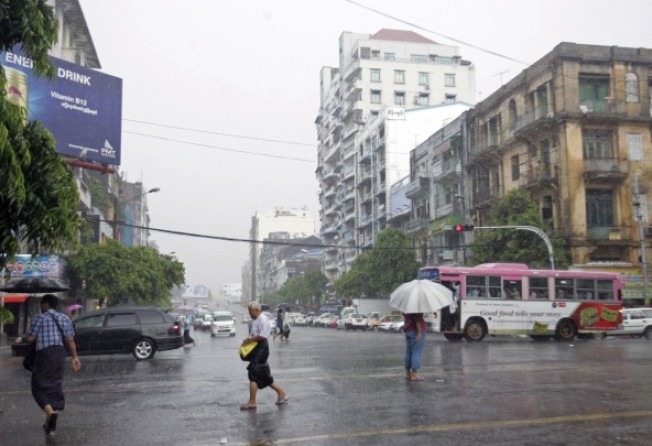Why Myanmar could be the next Asian tiger
Dan Steinbock says special economic zones can boost nation's growth

After almost half a century of isolation, Myanmar could emerge as Asia's next tiger - with the right policies. After meetings with government representatives, senior executives and think-tank leaders in Myanmar, I spent some time exploring the beautiful nation.
In Yangon, Myanmar's window to the world, you quickly get an idea of the debilitated infrastructure, the poverty and the searing heat - and the ingenuity of ordinary people and their dream of a better future.
Since taking office, President Thein Sein has significantly improved Myanmar's ties with Washington and European countries, which has unleashed a rapid inflow of Western capital. In the Traders Hotel favoured by foreign executives, for example, the cheapest overnight stay costs more than US$300 - even as ordinary people struggle to live on US$1-US$2 per day.
The government has embarked on a series of bold reforms to direct the country toward democratisation, a mixed economy and reconciliation. With most international sanctions suspended and despite bitter ethnic tensions that continue to escalate, the reform momentum remains strong. However, the transition will take time and is not devoid of risks.
Economically, Myanmar has lost half a century of progress and prosperity. In the 1960s, it was a major rice exporter, with average prosperity 10 per cent higher than in China, as measured by GDP per capita. By the onset of the global crisis of 2008, average prosperity was 55 per cent lower than in China.
In the past four years, Myanmar's real gross domestic product has been growing at an estimated 5-6 per cent. In the next five years, it could sustain a growth rate of 6-8 per cent. But the starting-point is very low. Myanmar's per capita GDP is barely US$1,400, and nearly a quarter of the 48 million people live below the poverty line.
With underdeveloped institutional capabilities, poor revenue performance has led to persistent fiscal deficits, which have been financed by the central bank. As a result, volatile inflation averaged 23 per cent between 2001 and 2010, which hit the poor hard.
Myanmar has a young labour force, abundant natural resources, including natural gas, copper, timber and gemstones. Nonetheless, given the high reliance on natural resources and low productivity in agriculture, the economy remains vulnerable to shocks.
Despite the recent influx of Western money and speculators, China remains Myanmar's largest foreign investor. Naypyidaw, the country's political capital, is engaged in a delicate balancing act between the old Chinese investment and the new Western capital.
Worse, Myanmar is opening in an era of low interest rates and massive liquidity injections in the West, while Japan, its biggest creditor, has initiated a massive gamble of monetary expansion, and growth is slowing in emerging Asia.
Like China in the early 1980s, Myanmar cannot quickly establish institutional capabilities that would have the confidence of foreign investors. As a result, it is moving towards "special economic zones". If such zones can be established near major urban centres, such as Yangon and Mandalay, they could accelerate economic growth and attract more foreign multinationals and investors.
If the current and achievable growth goal of 7.7 per cent could be sustained in the coming years, Myanmar would emerge as the next Asian tiger - but not without inclusive growth.
Dr Dan Steinbock is research director of international business at India China and America Institute (US), and a visiting fellow at the Shanghai Institutes for International Studies (China) and at EU Centre (Singapore)